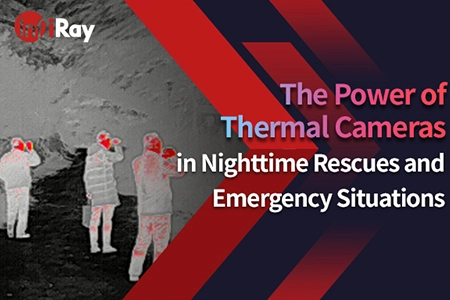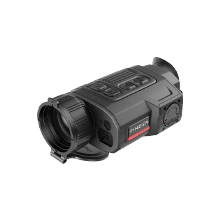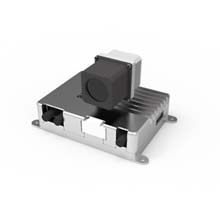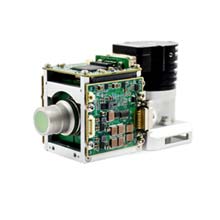How Thermal Imaging Plays an Important Role in Search and Rescue
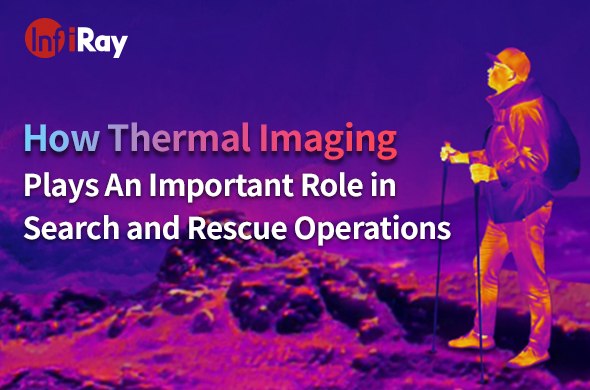
Thermal imaging technology has revolutionized search and rescue. It is widely used to locate missing people, detect heat sources, and identify potential hazards. The ability of thermal imaging cameras to detect and display temperature variations in real-time makes them an invaluable tool for rescue teams.
Applications of Thermal Imaging in Search and Rescue
Thermal imaging is used in various ways during search and rescue, including:
1. Locating Missing People
When someone is lost, the search team can use thermal imaging to locate him/her quickly. Thermal cameras can detect body heat even in complete darkness, making it easy to find missing persons. The camera can detect a person's body heat signature even if they are hiding behind bushes or undergrowth, making it easier to locate them.
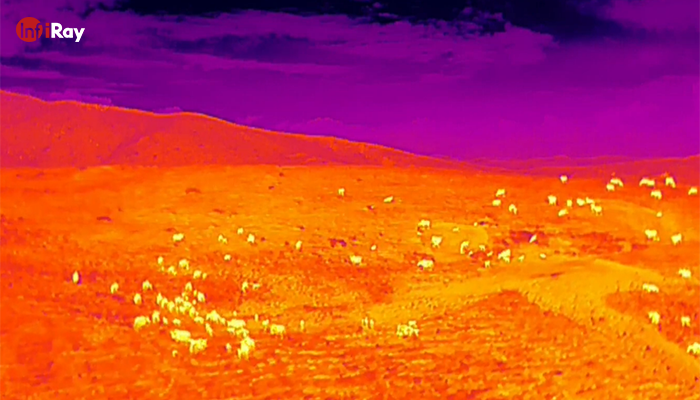
Searching from the higher ground with thermal cameras makes it easier to locate missing persons
2. Identifying Hazards
During search and rescue, it's essential to identify potential hazards that could endanger the rescue team. Thermal imaging can detect hazards such as gas leaks, electrical fires, and hotspots in a burning building. This information is crucial in ensuring the safety of the rescue team and the people they are trying to rescue.
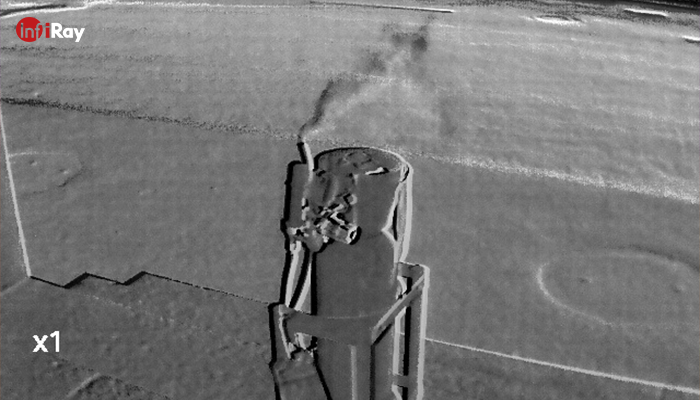
InfiRay Thermal Imaging Visualizes Unseen Hazardous Gases
3. Detecting Heat Sources
Thermal imaging is useful in detecting heat sources such as a fire or a hot car engine. This information can help the search team identify where the missing person might be, especially if they are trapped in a burning building or a car. What’s more, the thermal camera can detect body heat signatures even in complete darkness, making locating missing persons or survivors easier. As we can see, this technology will also be very useful in identifying potential hazards and ensuring the accuracy of the rescue operation. Find thermal cameras that can help in search and rescue operations here.
4. Identifying Survivors
Thermal imaging can detect body heat even in situations where the person is unconscious or unable to move. This technology is particularly useful in natural disasters such as earthquakes, where survivors may be trapped under debris. Thermal cameras can quickly detect body heat signatures, making it easier to locate survivors and provide assistance. This technology can save precious time, especially in critical situations where time is of the essence.
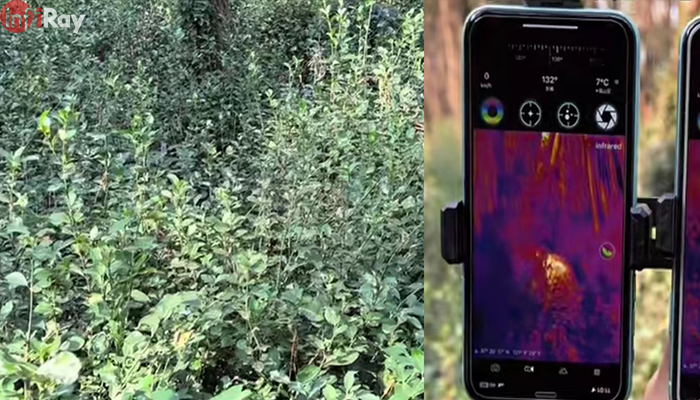
Highly sensitive InfiRay thermal imaging camera detects subtle differences in heat to locate survivors
5. Tracking Animals
Thermal imaging is also used to track animals such as deer or bears. The camera can detect the body heat signature of the animal, making it easier to track and locate them. This can make animal protection work much easier.
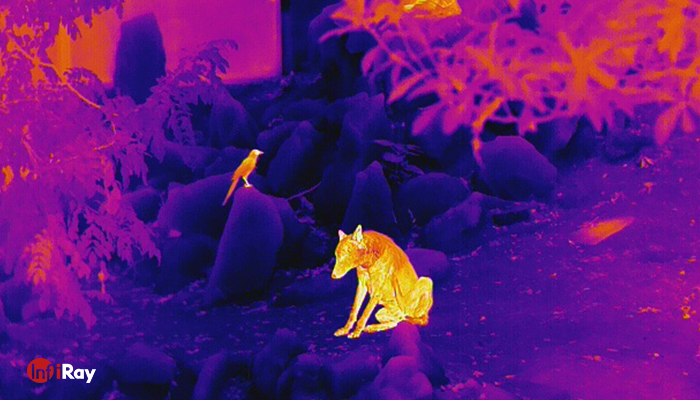
Observe animals from a distance or at night with an InfiRay thermal camera, allowing you to complete a series of monitoring without disturbing them.
In a word, thermal imaging plays a critical role in search and rescue. The technology has revolutionized the way rescue teams locate missing persons, identify potential hazards, and provide assistance to survivors. The use of thermal imaging can save costs by reducing the time and resources needed to locate missing persons or survivors. And as thermography technology continues to become more affordable, making it more accessible to search and rescue teams. We can expect to see more search and rescue teams using this invaluable tool to save lives.

 français
français  Deutsch
Deutsch  Español
Español  italiano
italiano  português
português  العربية
العربية  日本語
日本語  한국어
한국어  magyar
magyar 






